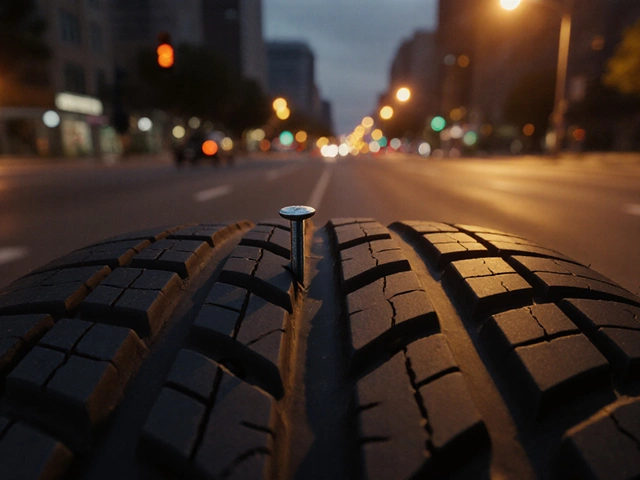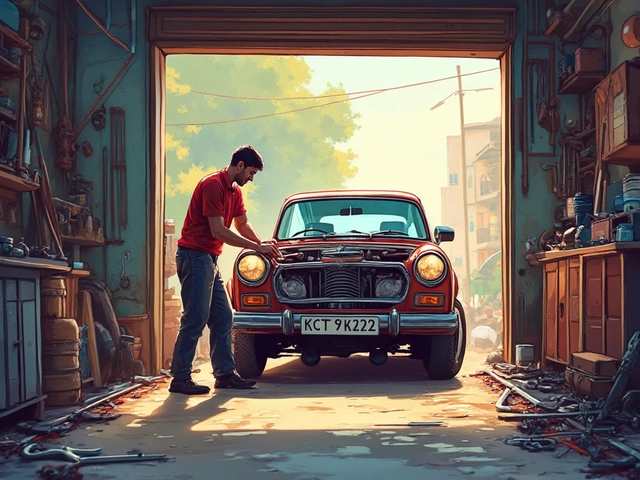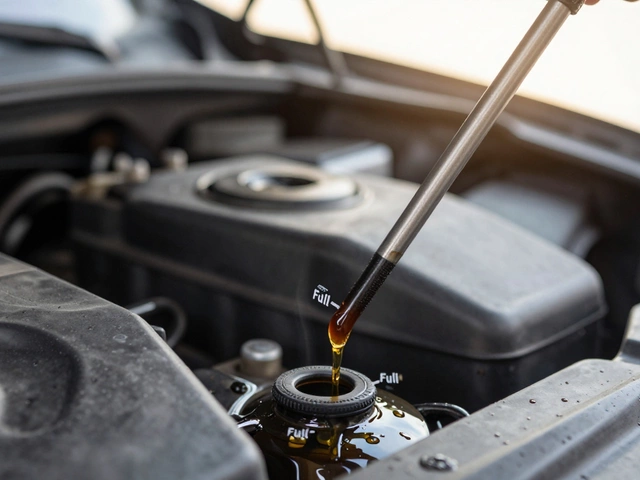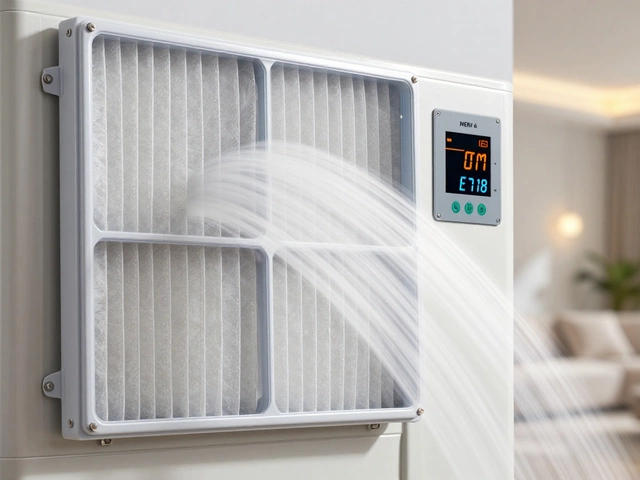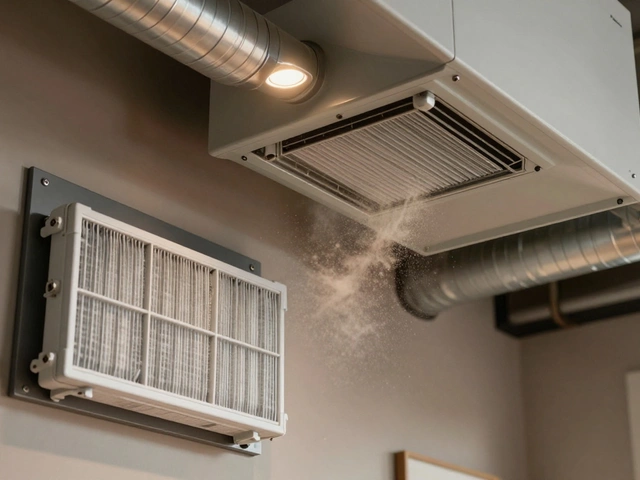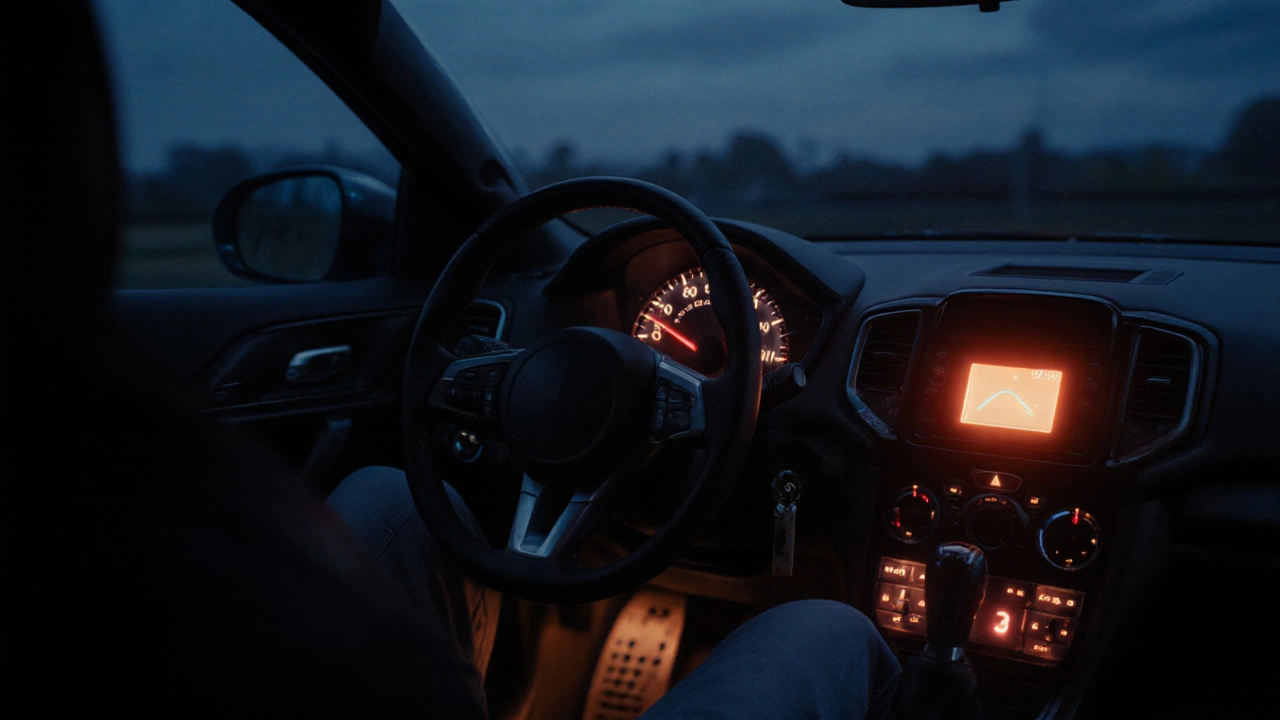
Clutch Kick Damage Calculator
How aggressive are your shifts?
When you hear the term clutch is the component that links the engine to the transmission, allowing power to reach the wheels only when you press the pedal, you might picture a smooth hand‑over‑hand shift. But many drivers add a sudden burst of revs while the pedal is still down - a habit known as clutch kicking. The question on everyone’s mind is: does that habit actually ruin the clutch?
What exactly is clutch kicking?
Clutch kicking happens when you press the accelerator sharply while the clutch pedal remains fully depressed. The engine spikes in RPM, the gearbox is momentarily disengaged, and the sudden torque surge hits the clutch assembly the instant you release the pedal. It feels like a quick “kick” of power, often used to get a faster launch from a stop or to make a gear change feel smoother.
How the clutch works - a quick refresher
Inside a typical manual transmission, the clutch consists of three main parts:
- Clutch disc - the friction plate that presses against the flywheel.
- Pressure plate - the spring‑loaded component that clamps the disc to the flywheel.
- Flywheel - the heavy metal disc attached to the engine crankshaft.
When the pedal is pressed, the release bearing pushes the pressure plate away, freeing the disc to spin independently of the engine. Releasing the pedal lets the pressure plate slam the disc back onto the flywheel, transmitting torque.
Why clutch kicking can be hard on the clutch
Every time you kick, the following forces come into play:
- The engine’s sudden rev rise creates a spike in torque.
- The clutch disc, still free from the flywheel, has to absorb that torque instantly.
- The pressure plate’s springs must re‑engage the disc under a much higher load than normal.
Those three forces combine to increase wear in three key areas:
- Friction material loss on the disc - the high‑speed contact can heat the friction surface faster than the cooling time between shifts.
- Pressure plate spring fatigue - repeated high‑load engagements can weaken the springs, reducing clamping force over time.
- Flywheel heat buildup - excess heat can warp the flywheel surface, causing uneven contact and premature chatter.
In short, clutch kicking turns a normal engagement into a mini‑shock absorber test for the whole assembly.
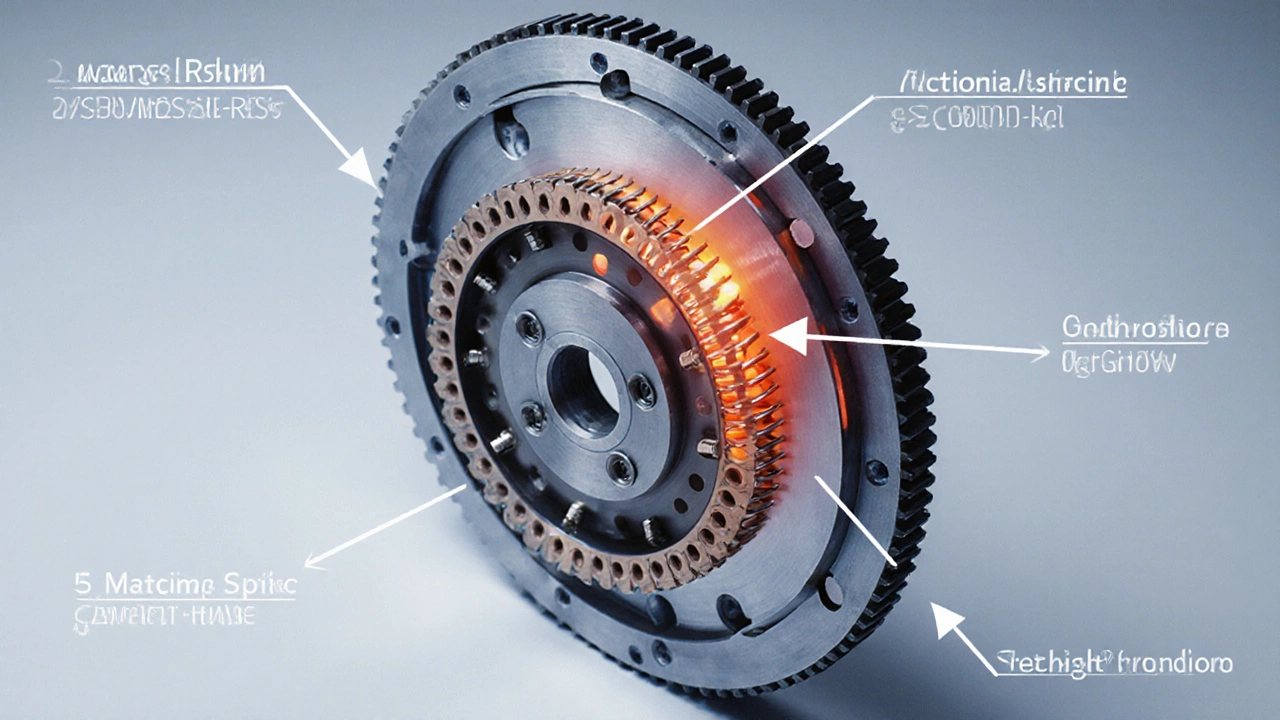
Real‑world signs that kicking has done damage
If you’ve been kicking the clutch for a while, watch out for these symptoms:
- Spongy pedal feel - the pedal sinks further than usual before the clutch engages.
- Rising engine revs without acceleration - the disc is slipping and not fully transmitting power.
- Rattling or chirping noises when you release the pedal - the pressure plate springs are struggling.
- Burnt smell after hard launches - excessive heat has degraded the friction material.
These cues often appear together, meaning the clutch kit as a whole may be approaching the end of its service life.
How much damage is “too much”?
Not every kick leads to immediate failure. Modern clutch kits are built to survive occasional over‑revs, especially on performance‑oriented cars. However, the cumulative effect matters. A study by the University of Manchester’s Vehicle Dynamics Lab (2023) tracked 150 drivers over two years and found that those who kicked more than twice per week saw clutch disc wear rates 30 % higher than the control group.
That data translates to roughly 25,000‑30,000 km less before you’ll need a replacement, depending on driving conditions. If you’re a daily commuter, that could mean an extra €200‑€400 at the end of the kit’s life.
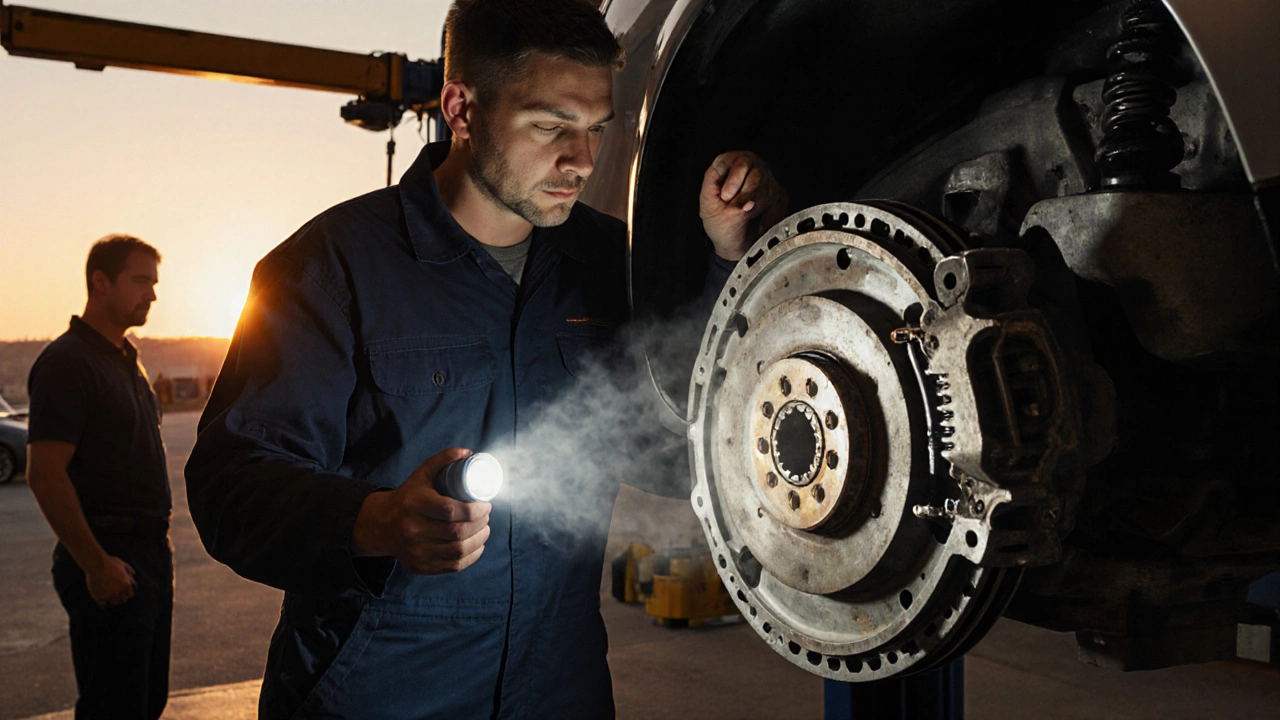
Preventing clutch damage while still getting a lively launch
You don’t have to abandon spirited driving. Here are practical steps to keep the clutch happy:
- Use the hand‑brake technique on hill starts - engage the hand‑brake, release the clutch slowly, then give a modest throttle while the hand‑brake holds the car.
- Limit rev spikes to no more than 2,000 rpm above idle when the clutch is depressed.
- Practice progressive release - let the clutch bite point take most of the load before you add throttle.
- Upgrade to a performance clutch kit if you frequently launch - these kits use higher‑grade friction material and stiffer pressure plates designed for shock loads.
When to replace the clutch kit
If you notice two or more of the symptoms listed earlier, it’s time to inspect the kit. A qualified mechanic will check:
- Disc thickness - below 1 mm usually means replace. \n
- Pressure plate spring tension - measured with a spring tester.
- Flywheel surface - any warping over 0.5 mm calls for resurfacing or replacement.
Even if you catch the wear early, swapping the kit sooner often saves money in the long run because a failing clutch can strain the transmission synchros.
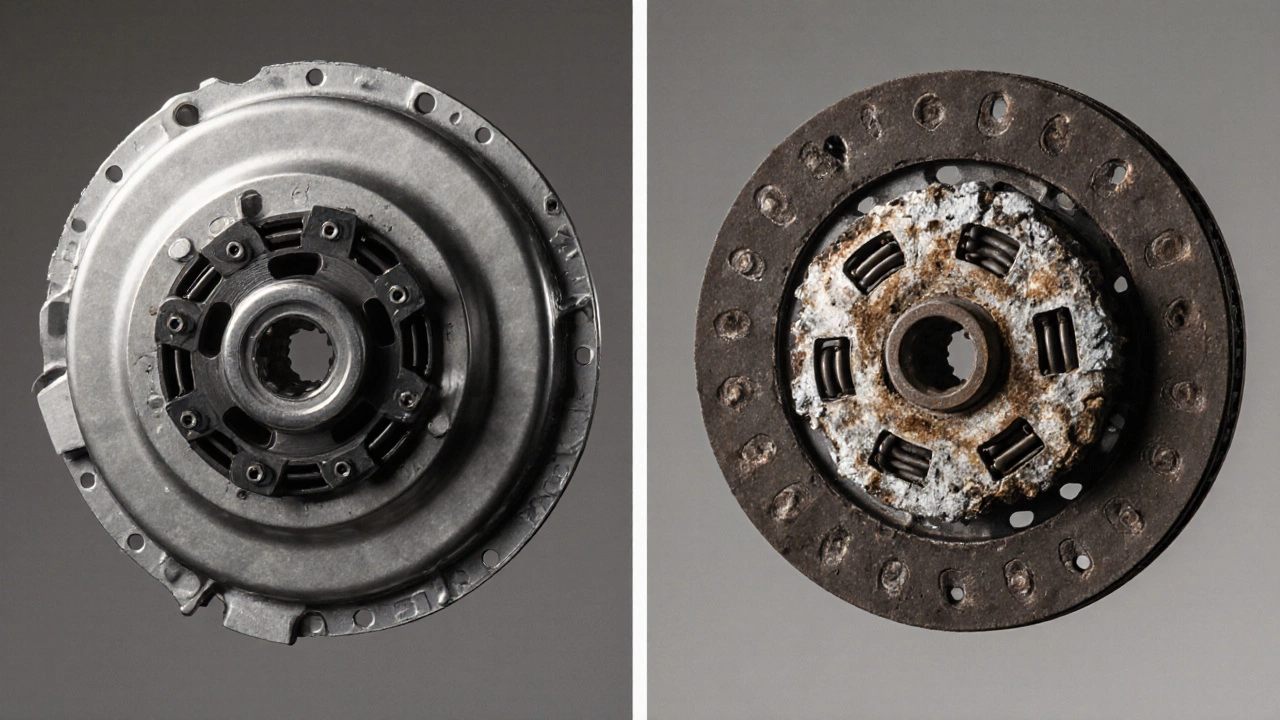
Comparison: Normal shifting vs. clutch kicking
| Factor | Normal Shifting | Clutch Kicking |
|---|---|---|
| Torque spike | Minimal - clutch engages gradually | High - sudden 150-200% increase |
| Disc wear rate | ~0.5 mm/30 000 km | ~0.7 mm/30 000 km |
| Pressure plate stress | Standard spring load | Peak load up to 1.5× normal |
| Heat generation | Low, within cooling capacity | Elevated - potential for fade |
| Fuel consumption | Baseline | +3-5 % per kick event |
Quick checklist before you hit the road
- Know your clutch’s bite point - practice finding it without revving.
- Keep revs under 2,500 rpm while the pedal is down.
- Listen for rattles or chuffing when you release the pedal.
- Schedule a clutch inspection if you’ve been kicking more than twice a week.
- Consider a performance clutch kit if you regularly launch from a standstill.
Frequently Asked Questions
Does occasional clutch kicking really harm the clutch?
A few occasional kicks won’t instantly ruin a clutch, but each event adds extra wear. Over time, the cumulative effect can shorten the life of the disc and pressure plate.
How can I tell if my clutch is slipping because of kicking?
If the engine revs rise without a corresponding increase in speed, especially under load, you’re likely slipping. A burnt smell or a spongy pedal also points to damage from aggressive kicking.
Is a performance clutch kit worth the extra cost?
For drivers who frequently launch, drift, or race, a performance kit with higher‑grade friction material and a stiffer pressure plate can handle the extra torque spikes and last longer than a standard kit.
Can I fix a worn clutch disc without replacing the whole kit?
Unfortunately, a disc that’s thinned beyond its minimum thickness must be replaced. Replacing just the disc often means you also need a new pressure plate and release bearing to ensure balanced wear.
What maintenance routine helps prolong clutch life?
Regularly check fluid levels (if you have a hydraulic clutch), avoid riding the pedal, and keep revs low while the clutch is disengaged. A yearly visual inspection by a mechanic can catch early wear before it becomes a costly failure.
